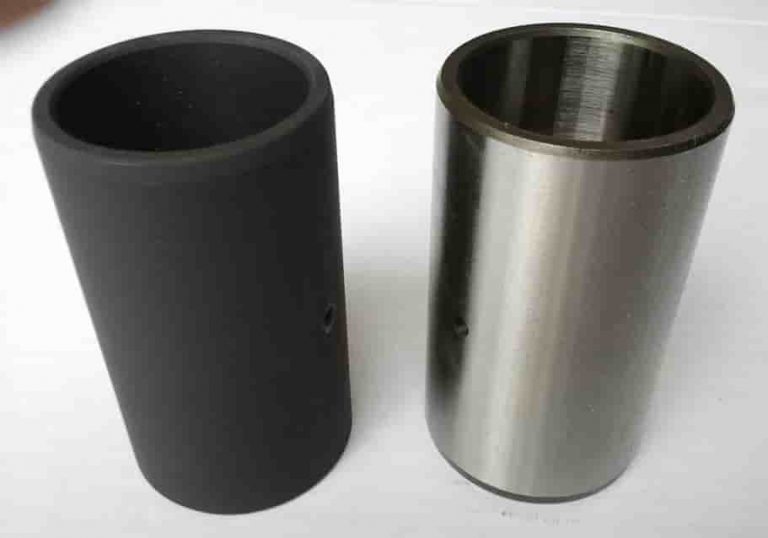Issues and Complications
For the restoration of stability and to avoid secondary valgus and migration, prosthesis can be considered as an option for replacement if intraoperative reconstruction of the head is not possible.
In a latest report of 73 patients, after open reduction and internal fixation of complex, multi-fragmented fractures, 13% rate of non-union and implant failure has been reported. In these cases, the reconstructed head worked effectively as a spacer and late resection also revealed good results without compromising the functioning.
Results
Excellent and good functional results of surgical reconstruction, even in multi-fragmented and complex fractures, has been revealed in the latest literature. There may be some loss of full extension but the overall function is not compromised by it. If screw heads cause pain or discomfort to the patient, then removal of re-implant is considered, however, it is hardly required.
Complex elbow injuries
Anterior or transolecranon fracture dislocation
If a direct blow of high-energy is applied to the dorsal aspect of the forearm with the elbow in 90° flexion, then this complex injury occurs. It is quite different from anterior Monteggia lesions since radius and ulna as well anteriorly dislocate and leave the proximal radioulnar joint intact. Usually, proximal ulna is multi-fragmented with a large coronoid fragment. Associated radial head fractures are not common. A posterior approach is performed and an indirect reduction of the ulna is carried out. Fixation of the coronoid process with a screw facilitates the stability. The preferred method for fixation is a pre-contoured LC-DCP 3.5 which is dorsally placed or a one-third tubular hook plate augmented with a tension band cerclage wire can be used as an alternate.
Posterior Monteggia fracture dislocation
Though the mechanism of injury is same as the posterior dislocation, but herein, a failure occurs through the proximal ulna which results in a multi-fragmented fracture with a triangular or quadrangular fragment that may involve the coronoid process or may be located more distally. Generally, the radial head is fractured and dislocated postero-laterally.
The dislocation of the proximal radioulnar joint will be reduced through the reconstruction of the proximal ulna with a posterior plate. The posterior approach is used for the direct fixation of the coronoid process using a lag screw. Sometimes, when distraction is applied, the fragment gets reduced and become aligned to the montage. To allow the plate to function as a tension band, it is very important to reconstitute the anterior ulnar cortex. Adequate stability to the lateral column is provided by the head fixation and reattachment of the lateral ligamentous complex.
Bipolar fracture-dislocation
Bio-polar fracture-dislocation is a complex injury that involves elbow fracture-dislocation associated with a distal fracture, dislocation of the radius, or disruption of the distal radioulnar joint. A segmental or floating radial diaphysis is present which is associated with the disruption of proximal and distal radioulnar joints as well. It can result in severe disability. The fixation method advisable for Monteggia and Galeazzi lesions are also useful in the case of bi-polar fracture dislocation.
Locking compression plate allows for conventional screw placement and locking screw placement. For alignment and stabilization of fractured bone, external fixators are used.






